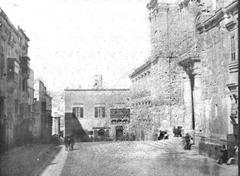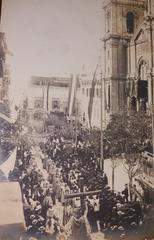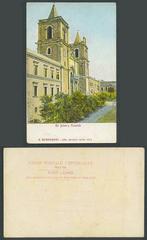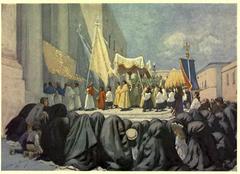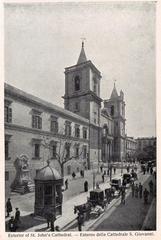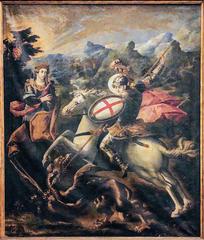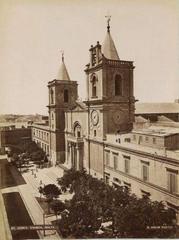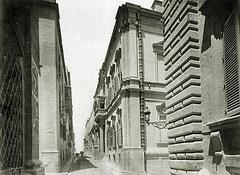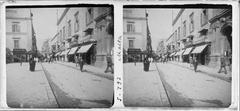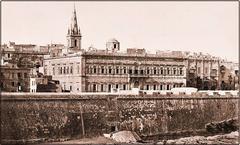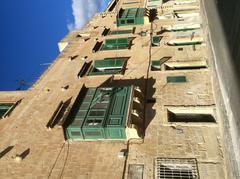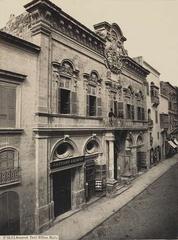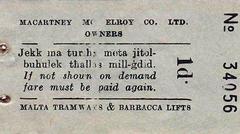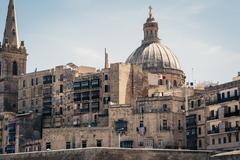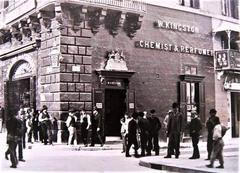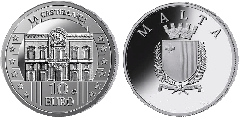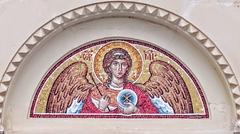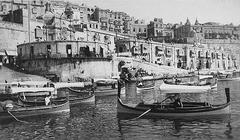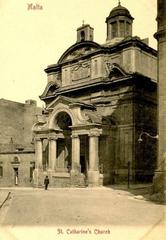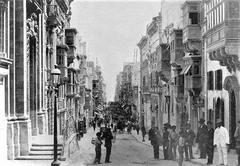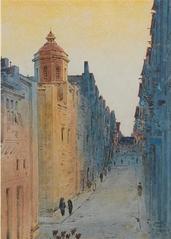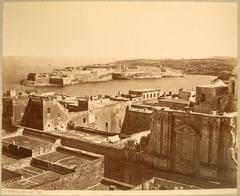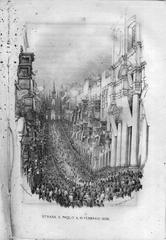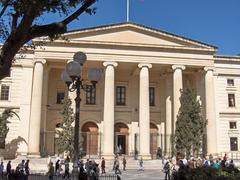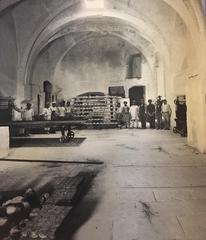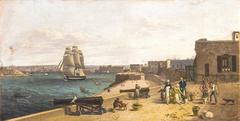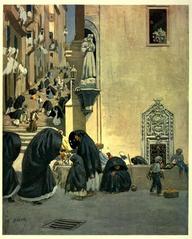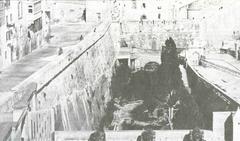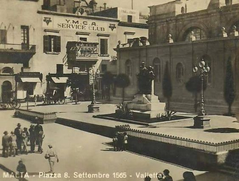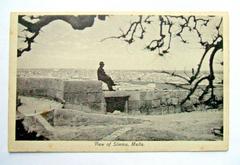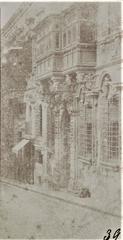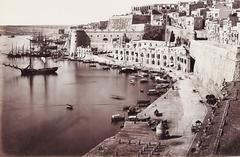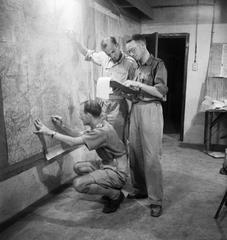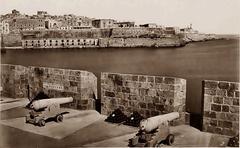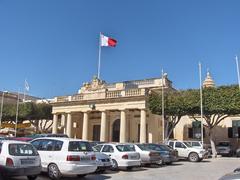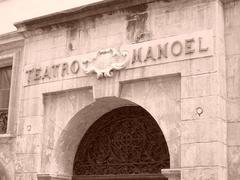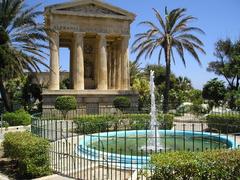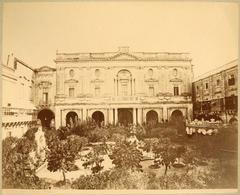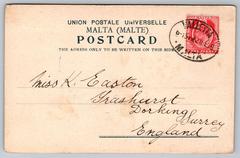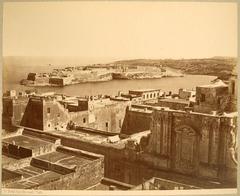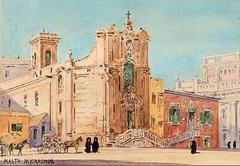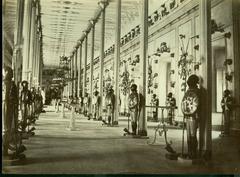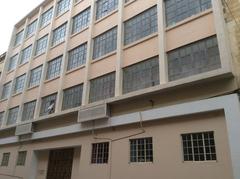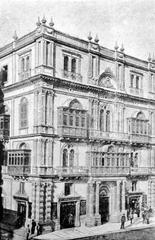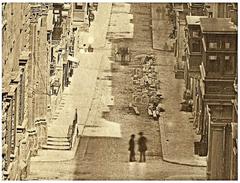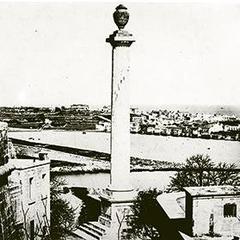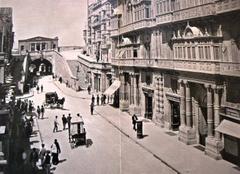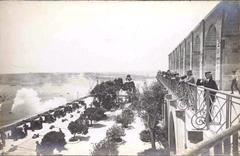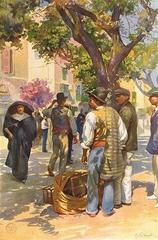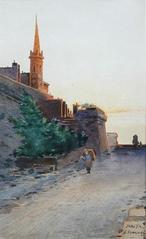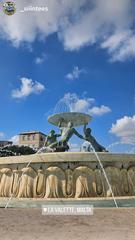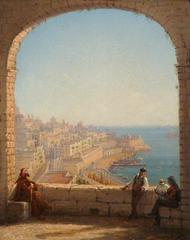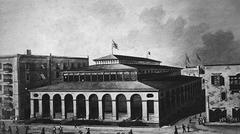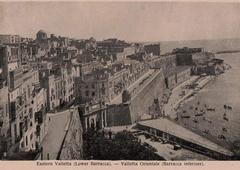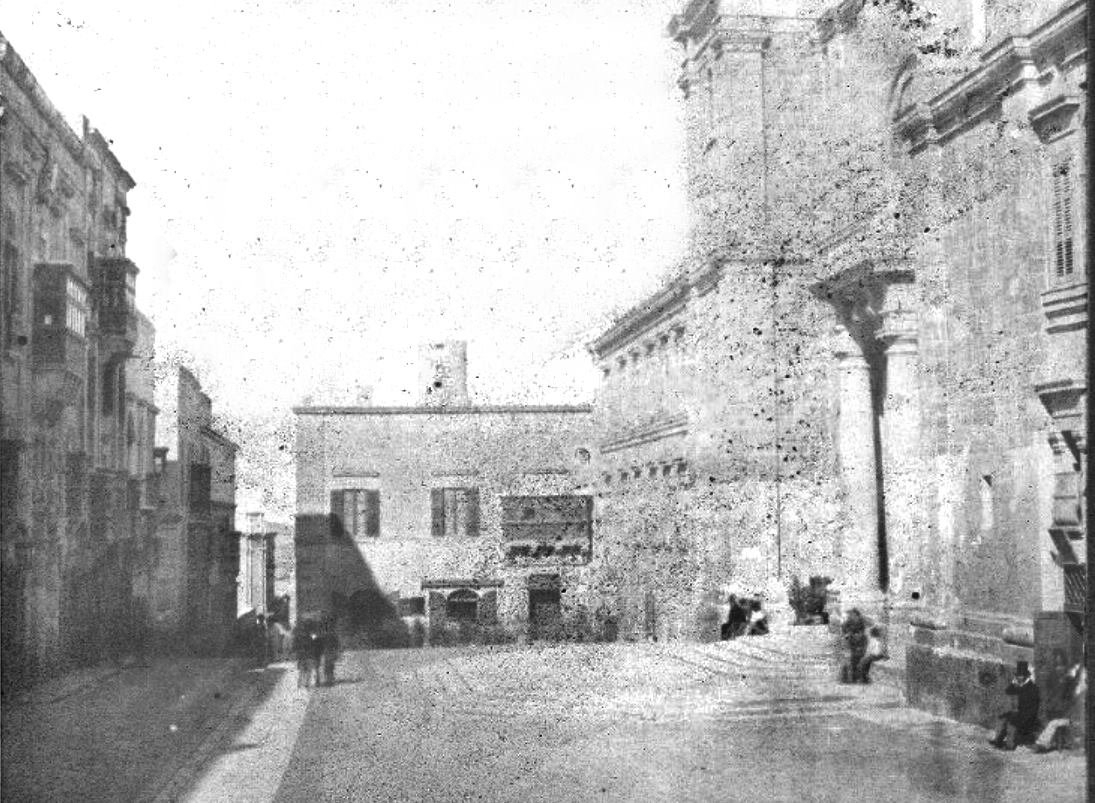
St. John’s Co-Cathedral Valletta Malta: Visiting Hours, Tickets, and Complete Guide
Date: 14/06/2025
Introduction: Malta’s Baroque Masterpiece at the Heart of Valletta
St. John’s Co-Cathedral, centrally located in Valletta, is Malta’s most celebrated Baroque landmark and a focal point for the island’s unique blend of religious, artistic, and historical heritage. Built following the Knights Hospitaller’s victory in the Great Siege of 1565, the cathedral was designed to be both a spiritual center and a statement of the Order’s influence throughout Europe. Its imposing, fortress-like limestone façade leads into a dazzling interior, with gilded vaults, intricate marble inlays, frescoes by Mattia Preti, and Caravaggio’s only signed masterpiece, “The Beheading of St. John the Baptist.” This guide provides a detailed overview of St. John’s Co-Cathedral’s history, architecture, and key artworks, as well as essential visitor information, tips, and resources for a memorable experience (Introducing Malta; GuideMeMalta; Malta Uncovered).
Quick Reference: Contents
- Historical Background
- Foundation and Purpose
- Architectural Evolution
- Artistic Legacy
- Visiting Information
- Location and Getting There
- Opening Hours
- Ticket Details and Booking
- Dress Code & Accessibility
- Guided Tours and Audioguides
- Highlights Inside the Cathedral
- Nearby Valletta Attractions
- Visitor Tips
- Frequently Asked Questions
- References
Historical Background
Foundation and Purpose
After the pivotal victory against the Ottoman Empire in 1565, the Knights Hospitaller established Valletta as a fortified city. Seeking a new conventual church, Grand Master Jean de la Cassière commissioned St. John’s Co-Cathedral in 1572. Maltese architect Girolamo Cassar, known for much of Valletta’s early design, oversaw construction, completed in 1578 (Wikipedia; Catholic Shrine Basilica). The cathedral was dedicated to St. John the Baptist, reflecting the Knights’ religious devotion and international stature.
Architectural Evolution
Exterior: Noble Restraint
The façade is intentionally austere, evoking the Order’s military discipline and the city’s defensive needs. Built from local limestone, the exterior features twin bell towers and a central portal, deliberately understated to contrast with the lavish interior (Malta Life; Baldhiker).
Interior: Baroque Grandeur
The initial interior was modest but, in the 1660s, Grand Master Raphael Cotoner commissioned Mattia Preti to create one of Europe’s most spectacular Baroque church interiors. Preti’s work includes:
- Gilded stone wall carvings and vaults
- Dramatic frescoes depicting the life of St. John the Baptist
- A marble floor composed of nearly 400 inlaid tombstones commemorating knights and dignitaries (Baldhiker)
- Eight side chapels, each representing a different “langue” (national group) of the Order, lavishly decorated with heraldic emblems and unique artworks
Subsequent additions included the oratory (1598) and sacristy, expanded in the 18th century under Grand Master António Manoel de Vilhena (Malta Uncovered).
Artistic Legacy
St. John’s Co-Cathedral’s artistic treasures are world-renowned. The Oratory houses two masterpieces by Caravaggio—“The Beheading of St. John the Baptist” and “St. Jerome Writing.” The main altar features a sculpture by Giuseppe Mazzuoli, originally initiated by Melchiore Cafà. Each chapel contains significant works by leading artists of the Baroque period. The cathedral’s art and architecture together form a multisensory celebration of faith and power (GuideMeMalta).
Modern Era and Conservation
Despite suffering minor damage in World War II, the cathedral’s treasures were protected by timely relocation. Restoration projects since the late 20th century, overseen by the St. John’s Co-Cathedral Foundation, have ensured the ongoing conservation of its artworks and architecture (Catholic Shrine Basilica; University of Malta). The cathedral is part of Valletta’s UNESCO World Heritage designation (History Tools).
Visiting Information
Location and Getting There
St. John’s Co-Cathedral is located on St John Street, Valletta, VLT 1156. Valletta’s compact layout makes the cathedral walkable from the main bus terminal. Ferries from Sliema and other towns dock nearby, with a short uphill walk to the entrance. Driving inside Valletta’s core is discouraged; parking is available outside the city walls (josiewanders.com).
Opening Hours (2025)
- Monday to Saturday: 9:00 am – 4:45 pm (last admission 4:15 pm)
- Sundays: Closed to tourists (open for worship only)
- Special Closures: During major religious events or services. Check the official website before visiting.
Ticket Details and Booking
- General Admission: €15 (includes audioguide, main nave, chapels, Oratory, museum)
- Children under 12: Free (when accompanied by an adult)
- Discounts: Reduced rates for students, seniors, and groups
- How to Buy: Advance purchase on the official website is highly recommended. Additional tours (e.g., Belfry/Clocktower) require on-site booking.
- Belfry and Clocktower Tour: Additional €5; limited places (99 steps, not accessible for visitors with mobility issues)
Dress Code & Accessibility
- Dress Code: Modest attire required—shoulders and knees must be covered. Scarves are provided if needed.
- Footwear: High heels and stilettos are prohibited to protect the marble floor; flat shoes recommended.
- Accessibility: Most main areas are wheelchair accessible. Some historic sections (Oratory, belfry) may be inaccessible due to steps.
Guided Tours and Audioguides
- Audioguide: Included in admission, available in multiple languages. Offers detailed insights on all main artworks and chapels (josiewanders.com).
- Guided Tours: Booked in advance or on-site; recommended for in-depth exploration.
Highlights Inside the Cathedral
- The Nave and Chapels: Eight lavishly decorated chapels, each dedicated to a different langue of the Knights, with unique artworks and monuments.
- Marble Tombstones: Over 400 intricately inlaid tombstones commemorating knights, with symbolic motifs.
- Ceiling Frescoes and Vaults: Mattia Preti’s dramatic frescoes narrate the life of St. John the Baptist.
- The Oratory: Home to Caravaggio’s “The Beheading of St. John the Baptist” (only signed Caravaggio painting) and “St. Jerome Writing.” Note: These may be temporarily relocated during construction of the new Caravaggio Wing (josiewanders.com).
- The Main Altar and Sculptures: Including Mazzuoli’s Baptism of John and other significant Baroque works.
Nearby Valletta Attractions
Enhance your visit with other historical sites within walking distance:
- The Grandmaster’s Palace
- Upper Barrakka Gardens
- National Museum of Archaeology
- Fort St. Elmo and the National War Museum
Valletta also boasts excellent cafes and restaurants for a taste of Maltese cuisine (josiewanders.com).
Visitor Tips
- Book tickets online in advance to avoid queues.
- Arrive early for a quieter experience and access to special tours.
- Allocate 1–2 hours for your visit; art lovers may wish to linger longer.
- Restoration works may temporarily close some areas—check updates before your visit.
- Photography is allowed without flash; tripods and professional equipment require special permission.
- Respect silence and the sacred nature of the building, especially during religious services.
- Check for special events or closures on the official website.
Frequently Asked Questions
Q: What are the opening hours?
A: Monday to Saturday, 9:00 am to 4:45 pm (last entry 4:15 pm). Closed Sundays and during special services.
Q: How much are tickets?
A: €15 for adults; discounts for students and seniors; children under 12 enter free.
Q: Is the cathedral accessible?
A: Main areas are accessible, but some sections (like the belfry) require climbing stairs.
Q: Are guided tours or audioguides available?
A: Yes, audioguides are included; guided tours can be booked.
Q: Can I take photos?
A: Non-flash photography is permitted; flash and tripods are not.
Summary and Final Tips
St. John’s Co-Cathedral is a unique blend of Maltese history, Baroque art, and religious tradition—a must-see for any visitor to Valletta. Its contrasting façade and opulent interior tell the story of the Knights of St. John and their enduring legacy. To get the most from your visit:
- Purchase tickets online and plan for early arrival.
- Dress respectfully and wear comfortable shoes.
- Use the audioguide for a richer understanding of the art and architecture.
- Allow time to explore nearby Valletta sites and enjoy local cuisine.
- Stay updated on restoration works and possible changes to access, especially for key artworks.
For detailed information, current hours, and to book tickets, visit the official website.
Download the Audiala app for an enhanced audio guide and follow us on social media for the latest news and travel inspiration.
